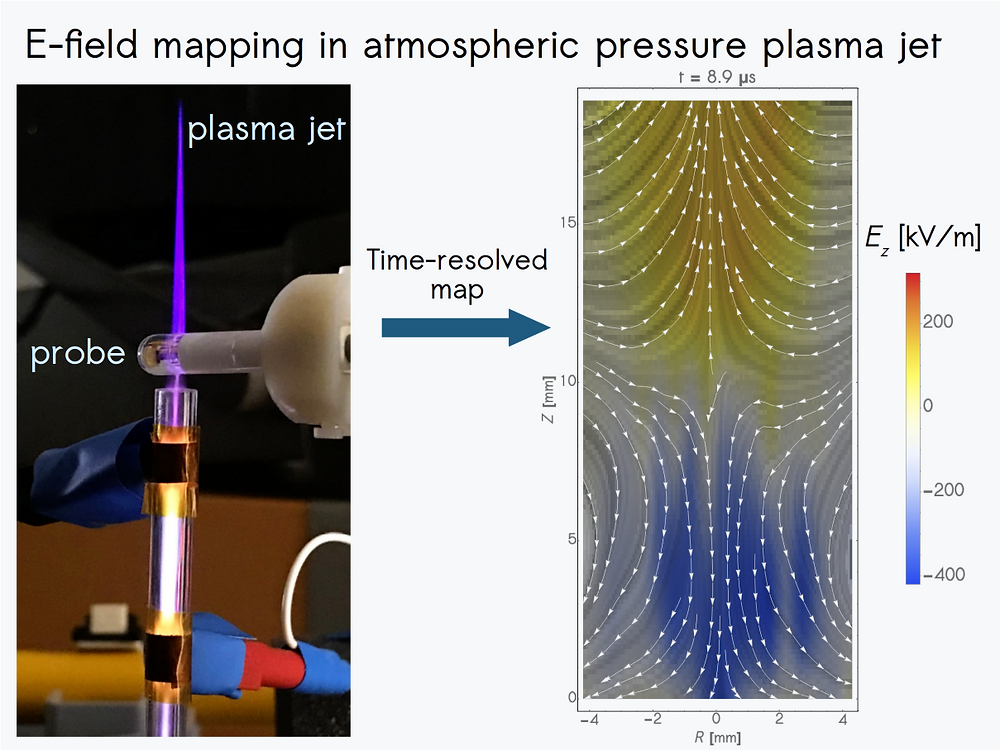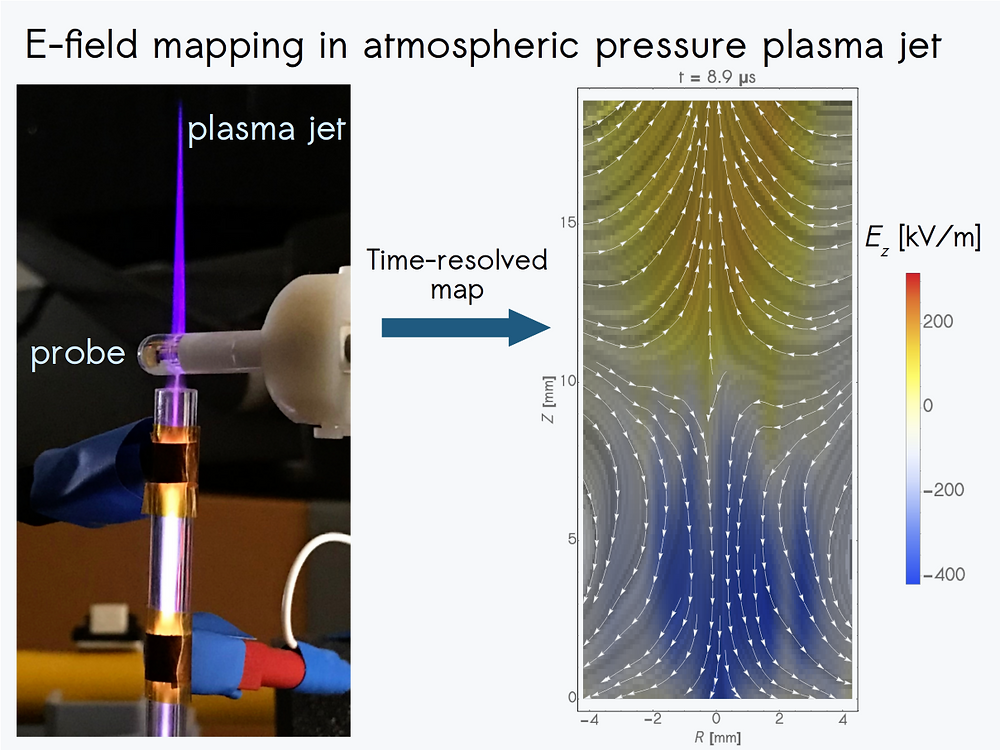
From Fusion Science to High-Stakes Industry Applications
Pioneering Radiation Technologies in Fusion Research
In the realm of fusion research, the ABC laser facility at ENEA-Centro Ricerche Frascati stands as a testament to innovation, delivering the most energetic laser pulse in Italy. Initially developed to study the effects of intense radiation on materials crucial for nuclear fusion, the technology explores how materials and devices endure under extreme electromagnetic and particle radiation stresses. This research is pivotal for understanding and controlling the extreme conditions within fusion tokamaks, where maintaining the stability of superheated plasma is critical. The facility’s work has deepened our comprehension of laser-generated electromagnetic fields, which are crucial for both inertial confinement fusion and various non-fusion applications.
KAPTEOS: Revolutionizing Field Measurements
The first significant application of this technology outside of fusion science was with KAPTEOS, a company specializing in electromagnetic field measurement in harsh environments. The collaboration focused on utilizing the ABC laser’s capabilities to calibrate KAPTEOS’s cutting-edge electro-optic E-field probes. These probes, capable of measuring fields across a wide band from 50 Hz up to more than 65 GHz, are vital in industries where precise and robust field measurements are needed, such as aerospace, automotive, and healthcare.
The joint venture enabled the creation of a unique time-domain calibration method using the intense transient electric fields generated by the ABC laser. This method simplifies and speeds up the calibration process, bypassing the limitations of traditional frequency-domain techniques. The advancement not only enhances the functionality of KAPTEOS’s probes but also expands their applicability across multiple sectors, fostering innovation in satellite testing, automotive safety systems, and medical equipment safety.
Expanding Horizons with Patent-Backed EM Field Generation
Parallel to the calibration advancements, another facet of the ABC laser’s technological prowess was harnessed through a collaboration stemming from a patented method by Dr. Fabrizio Consoli of ENEA. This method, focusing on generating high-intensity electromagnetic fields, sought to refine the calibration of optical RX antennas used by KAPTEOS. The challenge was to develop a calibration system that could operate effectively beyond the 1 GHz range, which is crucial for applications in sectors like telecommunications and energy.
The resulting project, LIBERO, demonstrated a novel E-field applicator that could calibrate E-field probes across an ultra-wide band. This innovation provides a robust alternative to classical calibration methods and extends the potential uses of E-field probes. Notably, this technology not only streamlined the calibration process but also significantly reduced the potential for operational errors, thus enhancing both the safety and efficiency of high-stakes industrial applications.
A Win-Win for Fusion Science and Industry
Both collaborations underline the dual benefits of this technology transfer. For ENEA and the fusion research community, these projects have provided a platform to test and refine technologies within a commercial context, proving the viability of fusion-developed technologies in broader applications. For KAPTEOS and the industries it serves, the access to such advanced calibration techniques has allowed for more accurate and reliable measurements, crucial for developing safer and more efficient technologies.
These successful transfers exemplify how technologies developed in the highly specialized field of fusion science can have far-reaching impacts beyond their original scope, driving innovation and safety in industries critical to modern infrastructure and health. As these technologies continue to evolve, their integration into various sectors is expected to accelerate, showcasing the immense potential of fusion science to contribute to technological advancements across the global market.

Figure 1 – E-field mapping in atmospheric pressure plasma jet
